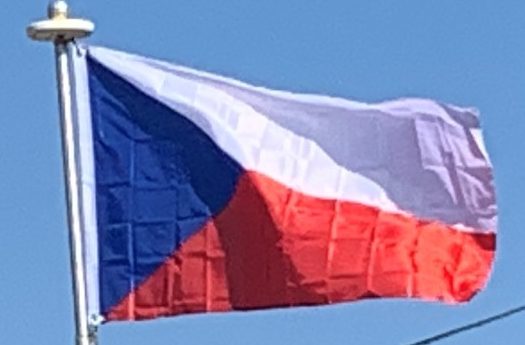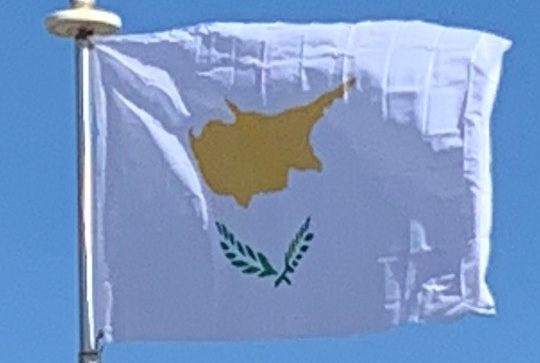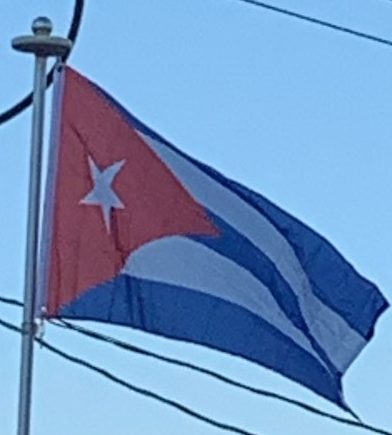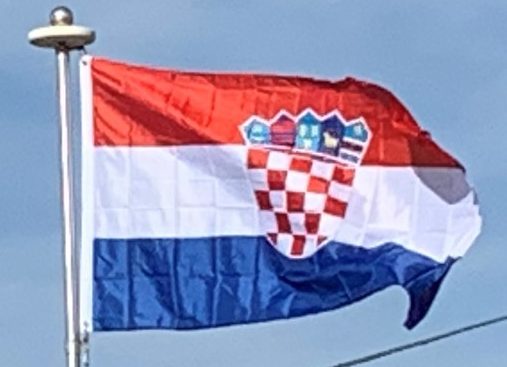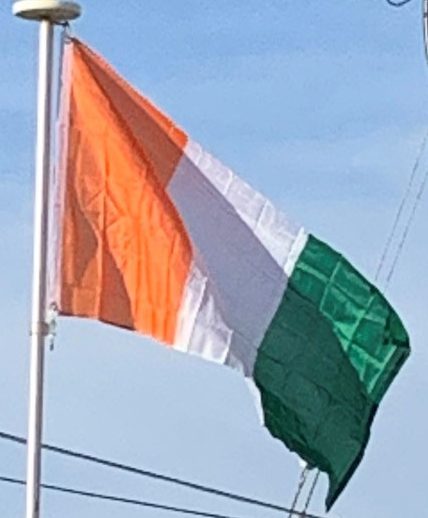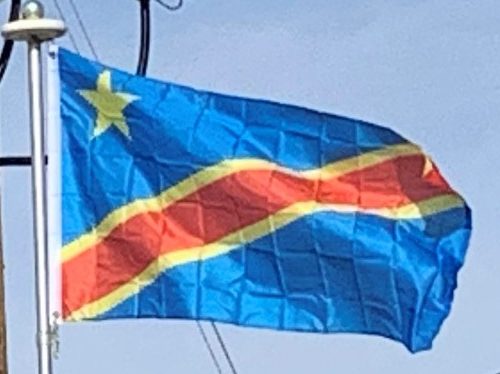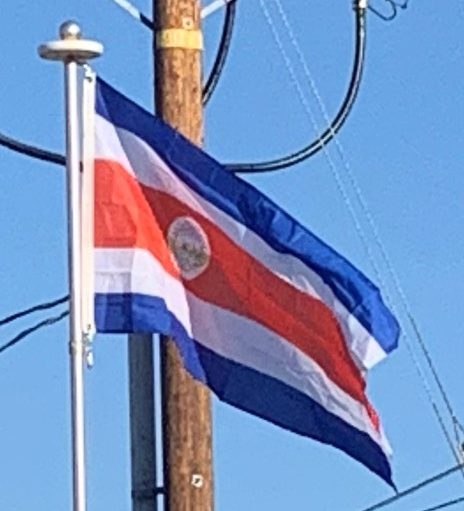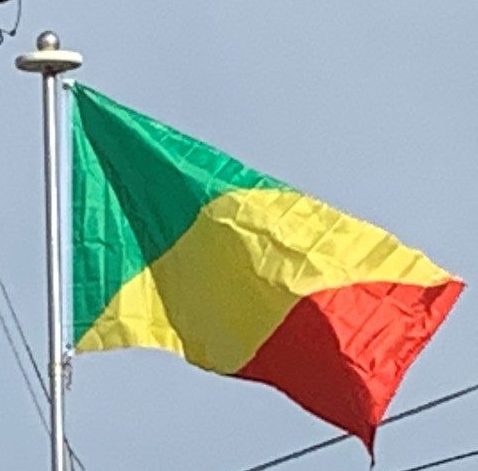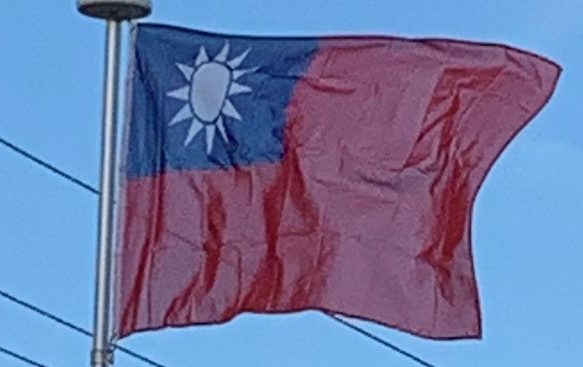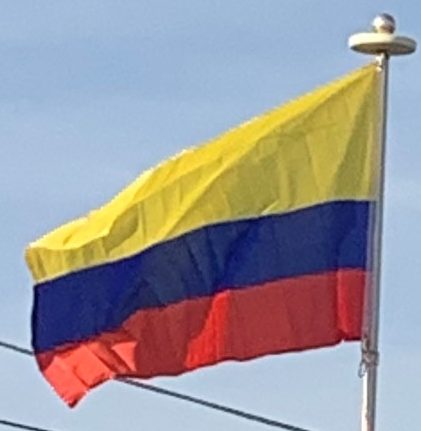Czech Republic
The national flag of the Czech Republic is the same as the flag of former Czechoslovakia. Upon the dissolution of Czechoslovakia, the Czech Republic kept the Czechoslovak flag while Slovakia adopted its own flag. The first flag of Czechoslovakia was based on the flag of Bohemia and was white over red. This was almost identical to the flag of Poland (only the proportion was different), so a blue triangle was added at the hoist in 1920. The flag was banned by the Nazis in 1939, and a horizontal tricolour of white, red, and blue was enforced. The 1920 flag was restored in 1945.
